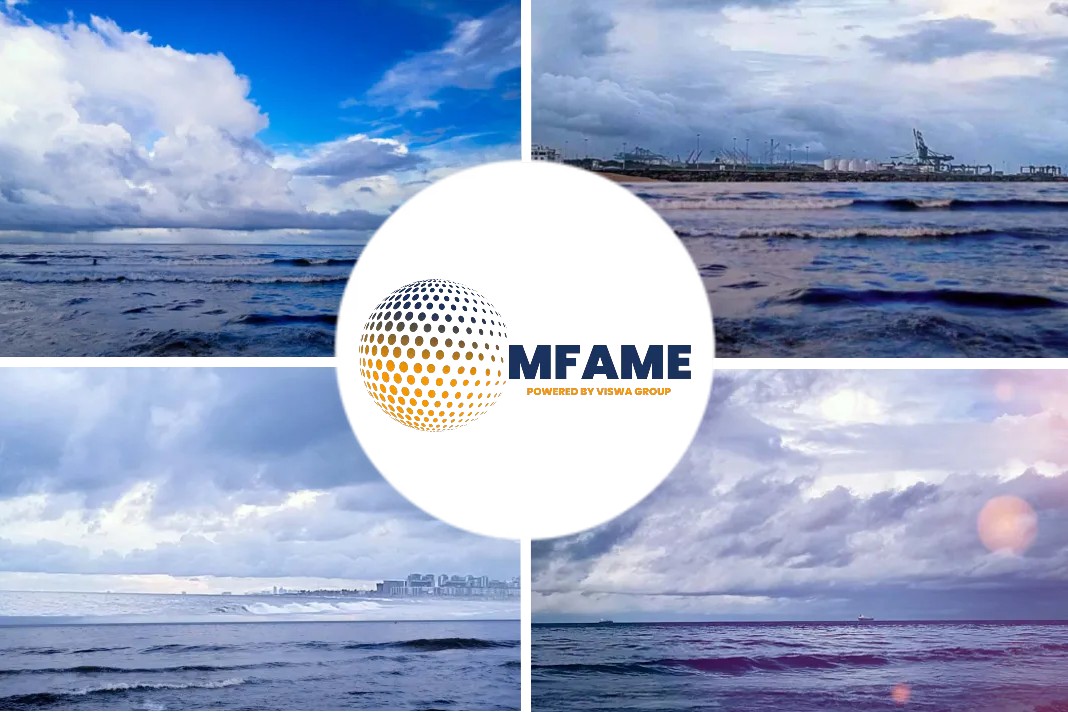Premier Oil steps ahead to signal to the market that it is a serious player in getting an offshore field to first oil, and go beyond.
To bootstrap the process, Catcher, a Floating Production, Storage and Offloading (FPSO) model – a large ship, length of two football pitches, and capable of carrying 650,000 barrels of oil, has began its operation.
What’s happening?
As a serious venture of Premier oil, the Catcher, expands its operation in the North sea area.
It cost $1.6bn to make it happen with a considerable 29% under its budget from its approved investment.
Premier oil, is happy about the move as it is greeted with the price of Brent crude oil surge. It just along after Catcher’s operation, reaching $67 per barrel on a Christmas trading.
It was a reward for North Sea industry which is facing the Brent crude rise by 17%, much of that in the past two months because of Forties Pipeline shutdown.
What Catcher is capable of?
It starts with a nominal production of 10,000 barrels a day. Once all 19 wells from various fields in the Catcher area are producing, it should hit the target 60,000 barrels per day some time in 2018.
This is way beyond UK’s annual offshore production which was between 1.4m and 1.9m barrels in the past couple of years.
It’s not up to speed yet, while the new owner, Ineos, limits the flow and pressure.
North Sea groans
While the ‘basin’ is in decline, it’s enjoying an uptick because of vast investment in recent years, from which new fields continue to come on-stream. Much of the new investment is from smaller companies, such as Premier.
It owns half of the Catcher area, and costs are tumbling in oil production. The 29% cost saving is not Catcher’s budget is not attractive enough to Catchers’ investors.
“Mature” North Sea hardware is vulnerable to expensive outages as it shows signs of wear and tear. As an add-on to the situation, Libyan pipeline explosion, raised concerns on the prices of oil.
The Incident
You could see the impact of the Forties Pipeline shut-down on the world oil price. This has some influence in the North Sea as offshore producers in the North Sea know that they have to accept the price set by forces controlled far away.
To overcome the unlikely oil prices, the Catcher steps in to support the decline. An industry survey published earlier this month showed a sharp rise in the extent of collaboration between oil producers, mostly in order to reduce costs.
Deloitte found 95% of respondents see collaboration as being built into their business model.
Success rates were more modest, at 47%, but they’re improving a lot as the industry learns, up from 27% in 2015.
As decommissioning efforts are ramped up, around 80% of those involved say collaboration will have to become part of the financial case.
Catcher is not the one
If Catcher looks impressive, consider the case of Johan Castberg, a field with reserves of more than 650 million barrels of oil. It’s located to the north of Tromso, off the north of Norway, which has both challenging and controversial elements of Arctic drilling.
The original costing was for 100bn Norwegian kroner (£9bn) and breakeven point at a world oil price of $80 per barrel. It became profitable at below $35 per barrel.
That’s why it got approval from the Statoil board earlier this month, to be a major part of its investment in Norwegian waters through to first oil, scheduled for 2022.
Did you subscribe for our daily newsletter?
It’s Free! Click here to Subscribe!























